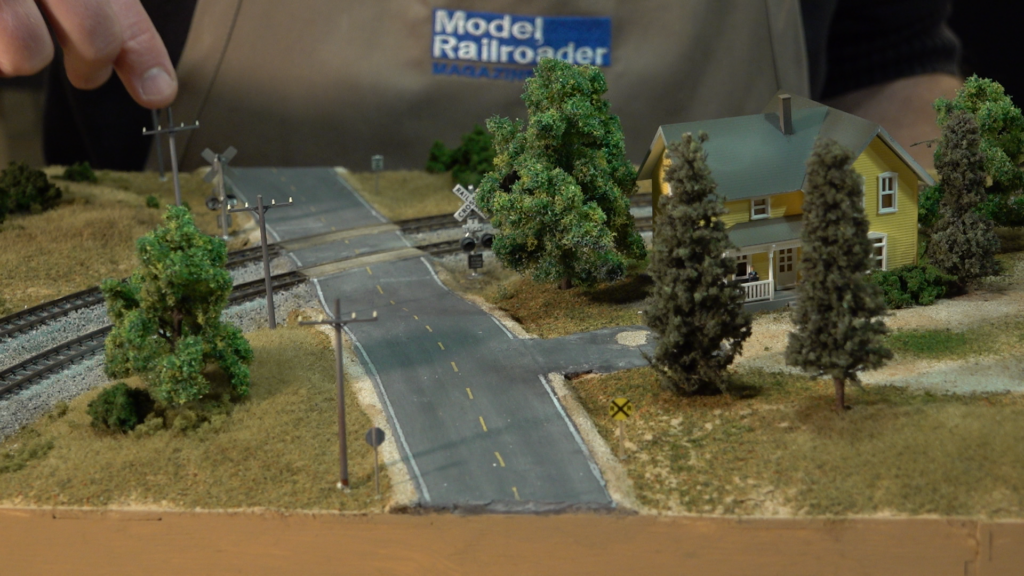
David Popp’s scenery work is whittling down to assembling and placing various road signs and line poles on the N scale (1:160) T-Trak module. Progress is moving closer to completion, so be sure to catch up with all of David’s efforts and helpful insights throughout the entire T-Trak series…exclusively on Trains.com Video! […]
Read More…
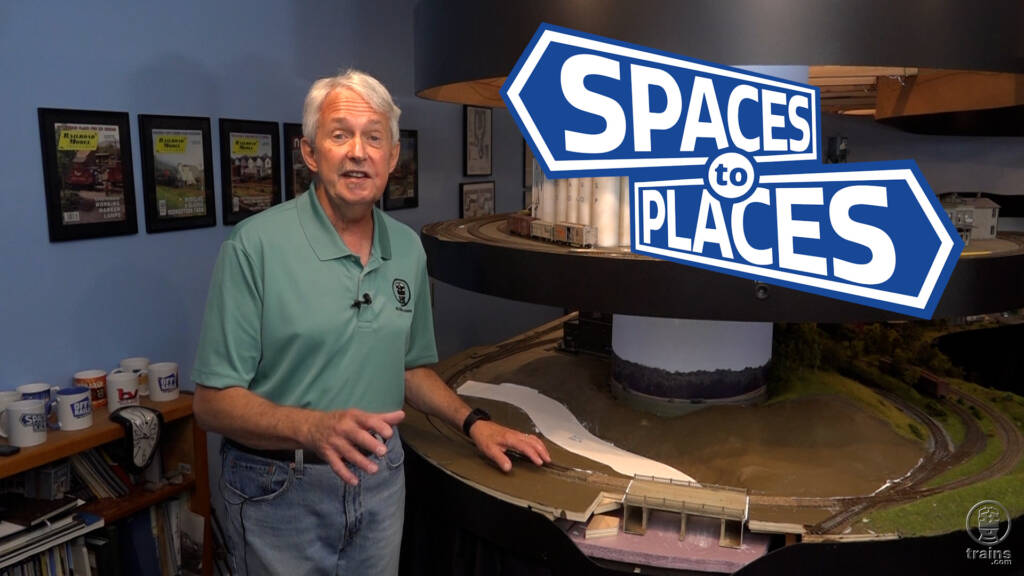
Host Gerry Leone sets his sights on highway construction for his HO scale Bona Vista model railroad. Catch up with his off-camera preliminary efforts, before following his technique for making authentic roads and streets using medium-grit sandpaper. As he notes, even more insights regarding this technique can be viewed in a prior Trains.com video series, […]
Read More…
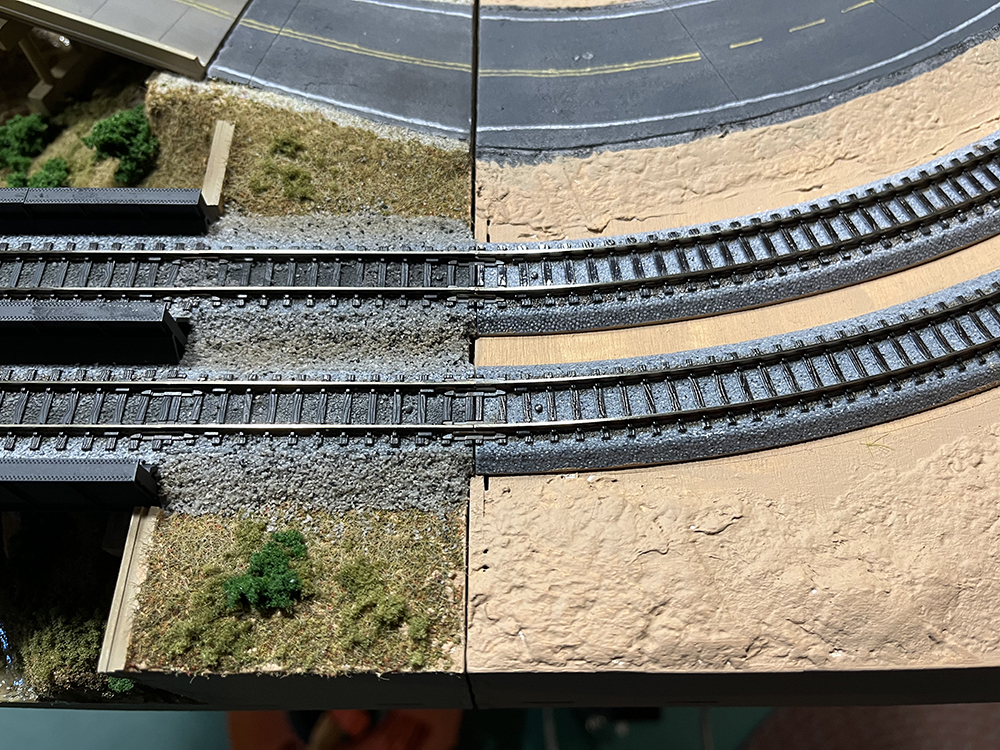
Modelers David Popp, Brian Schmidt, and Bryson Sleppy continue the scenery process on their T-TRAK modules in an attempt to make them look more like the prairies of Colorado. T-TRAK is a modular N scale railroading system that uses foot-wide boxes plugged together to build tabletop layouts. In this eighth installment of the T-TRAK series, […]
Read More…
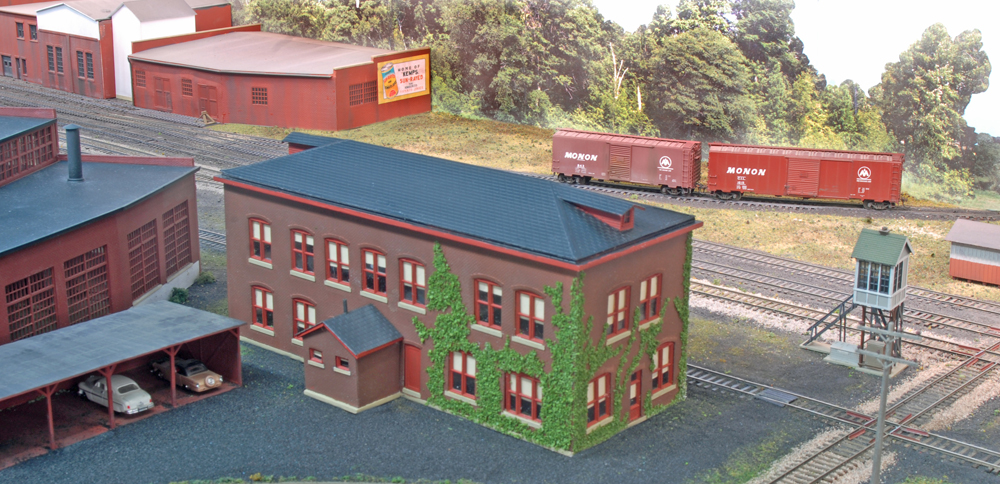
Through our Trains.com website and the pages of Model Railroader magazine, you get a pretty good idea of what some of the hobby’s well-known names are working on. But not everything they do becomes an article for the website or magazine. In “What are you working on?” I surveyed some of our regular contributors to […]
Read More…
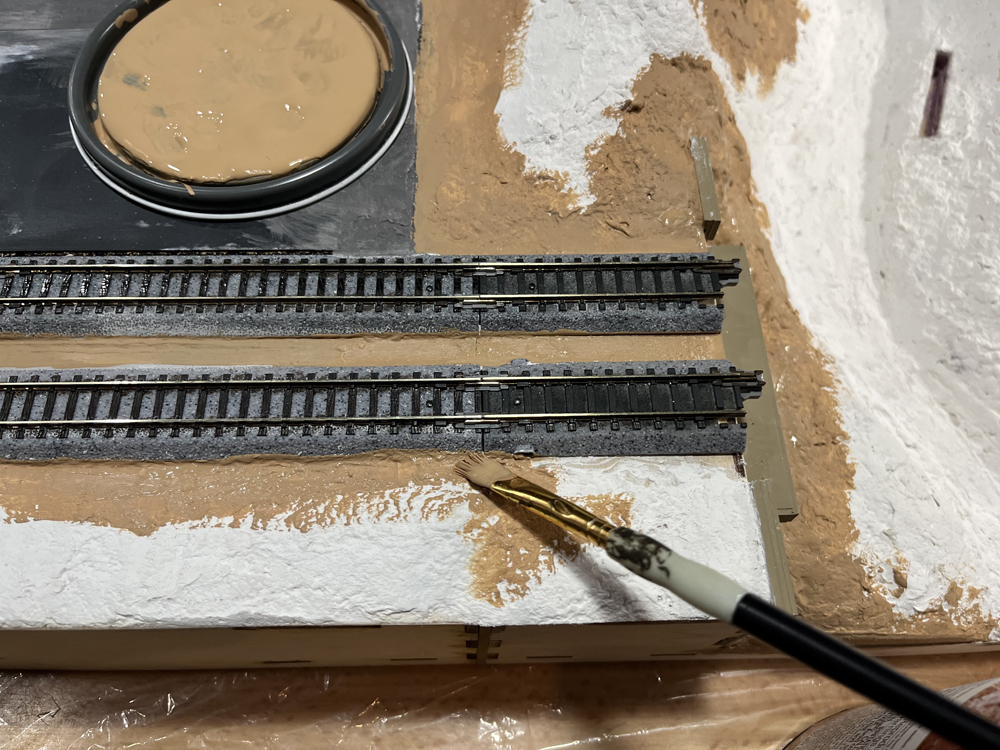
Modelers David Popp, Brian Schmidt, and Bryson Sleppy continue the scenery process on their T-TRAK modules in an attempt to make them look more like the prairies of Colorado. T-TRAK is a modular N scale railroading system that uses foot-wide boxes plugged together to build tabletop layouts. In this sixth installment, the three modelers explain […]
Read More…
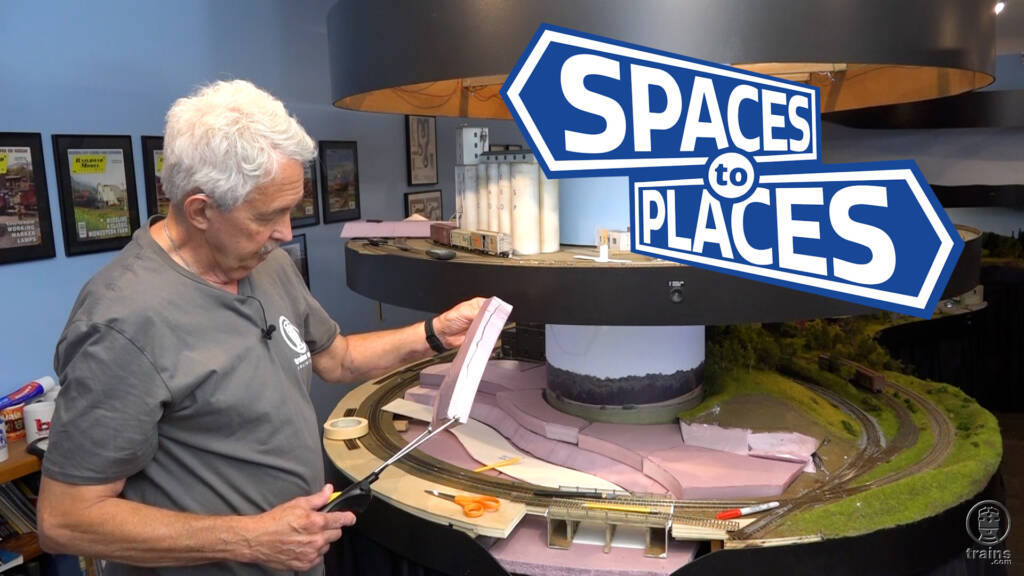
Our host Gerry Leone heads for the hills in this episode of Spaces to Places! More specifically, he works a bit on the topography of the underpass area and how the highway routes through it all. Wisely, Gerry elects to make a template of his initial design, and then uses it to guide his efforts shaping up […]
Read More…
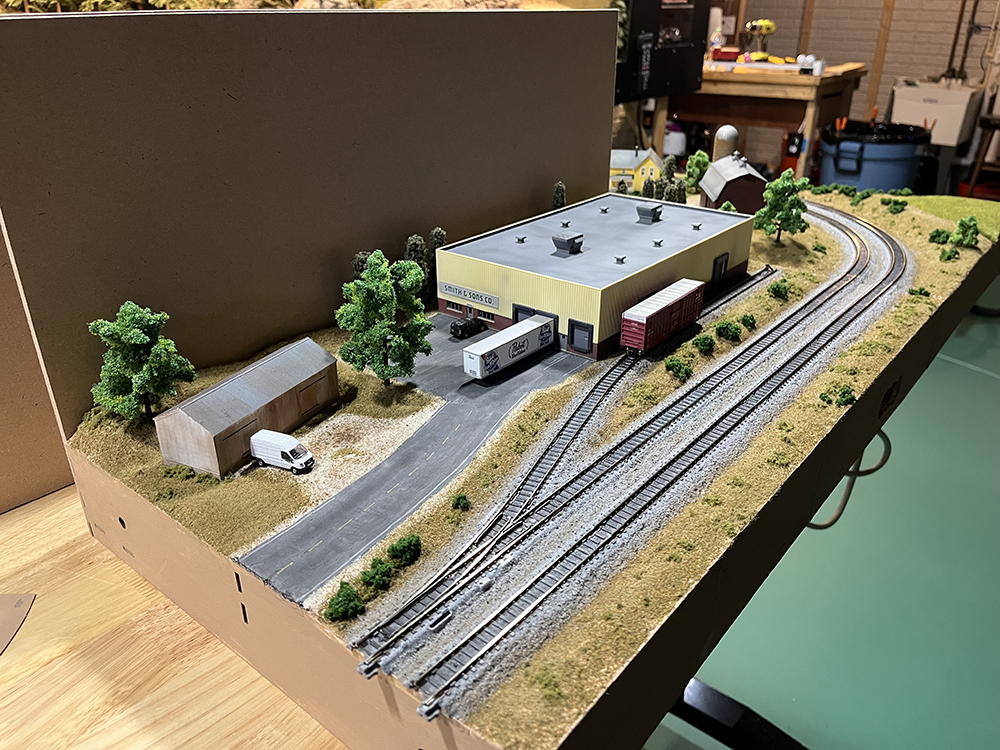
Modelers David Popp, Brian Schmidt, and Bryson Sleppy continue the scenery process on their T-TRAK modules by adding gravel, ground foam, and static grass in an attempt to make them look more like the prairies of Colorado. T-TRAK is a modular N scale railroading system that uses foot-wide boxes plugged together to build tabletop layouts. […]
Read More…
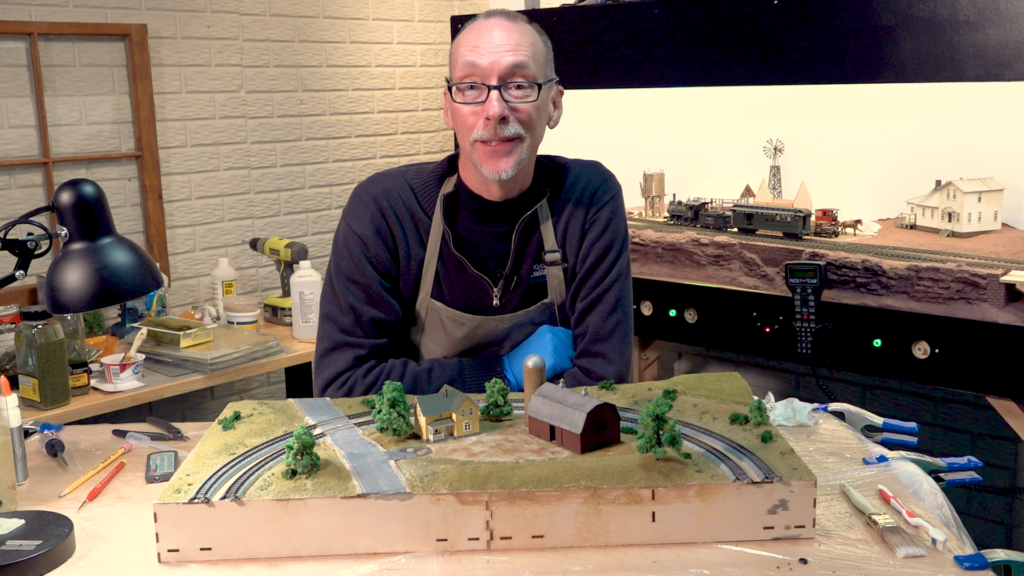
Scenery continues on the N scale (1:160) T-Trak module, with host David Popp applying gravel drives, grass and coarse ground coverings, before finishing up with the addition of a few trees. Keep up with the entire T-Trak series…exclusively on Trains.com Video! […]
Read More…
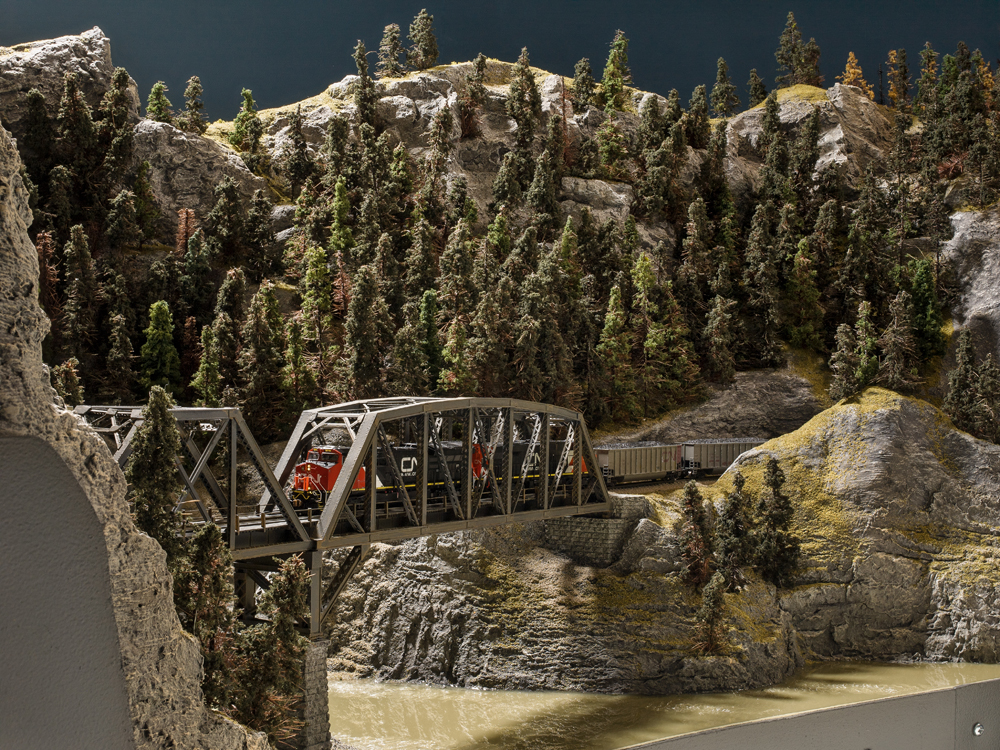
Mountains have long been a popular scenic feature on model railroads. Sometimes they’re incorporated to accurately re-create a prototype location. Other times they’re used to help conceal a tunnel, helix, or turnback curve. Regardless their purpose, there is no denying mountains are dramatic and add visual interest to a model railroad. All of the methods […]
Read More…
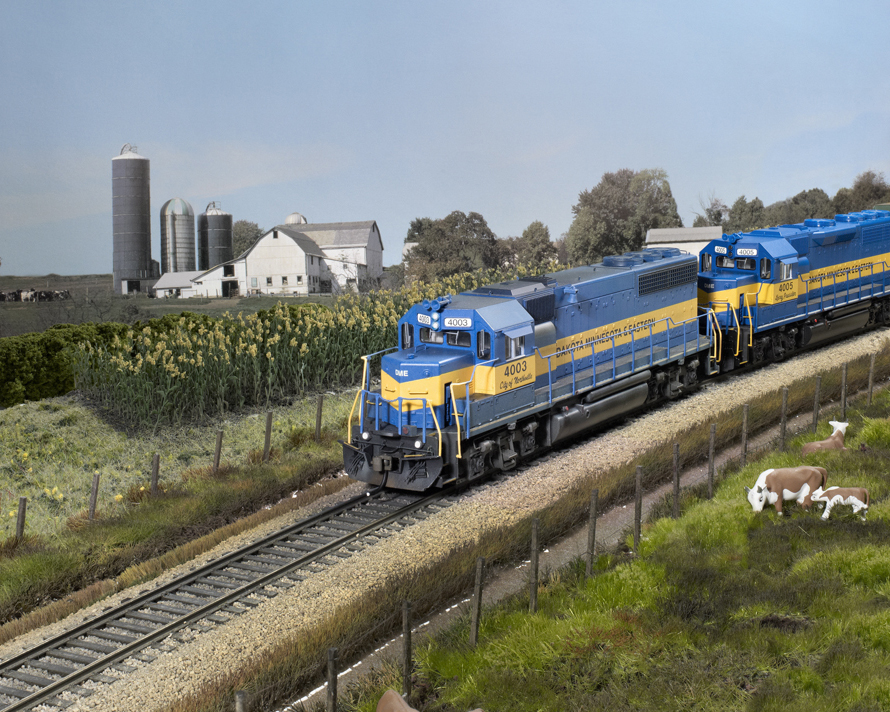
Backdrops are an important part of any model railroad. Whether you use drywall, tempered hardboard, or some other material, backdrops help operators and visitors focus on the layout and not other distractions in the room. If you’re looking for something beyond basic sky blue, and painting isn’t your game, then this backdrop round-up is for […]
Read More…
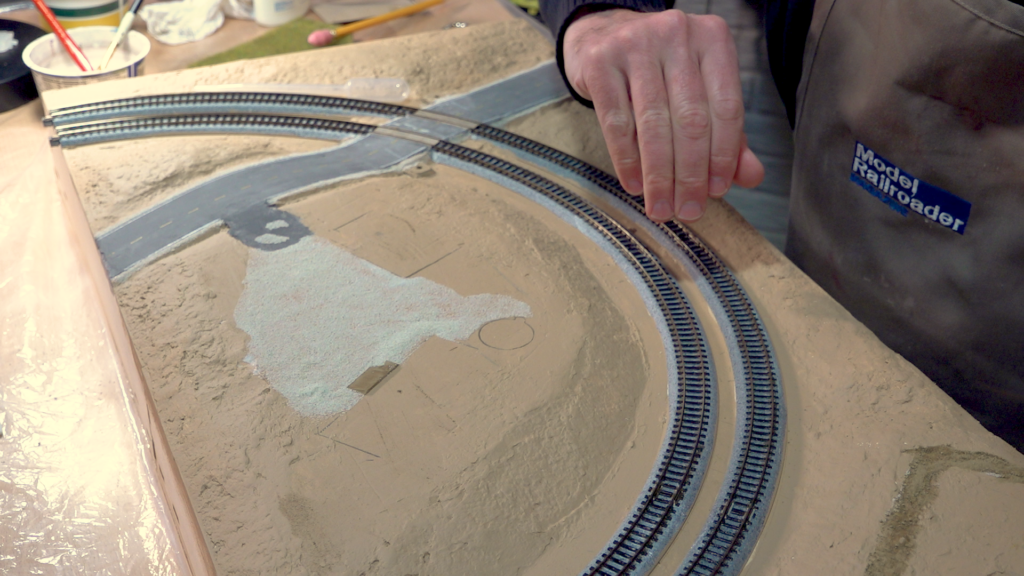
In order to start the scenery stage for his N scale (1:160) T-Trak module, host David Popp first looks to finish up a few trackwork and roadway details. And then it’s all about establishing a unifying base layer for the finished scenery. Keep up with the entire T-Trak series…exclusively on Trains.com Video! […]
Read More…
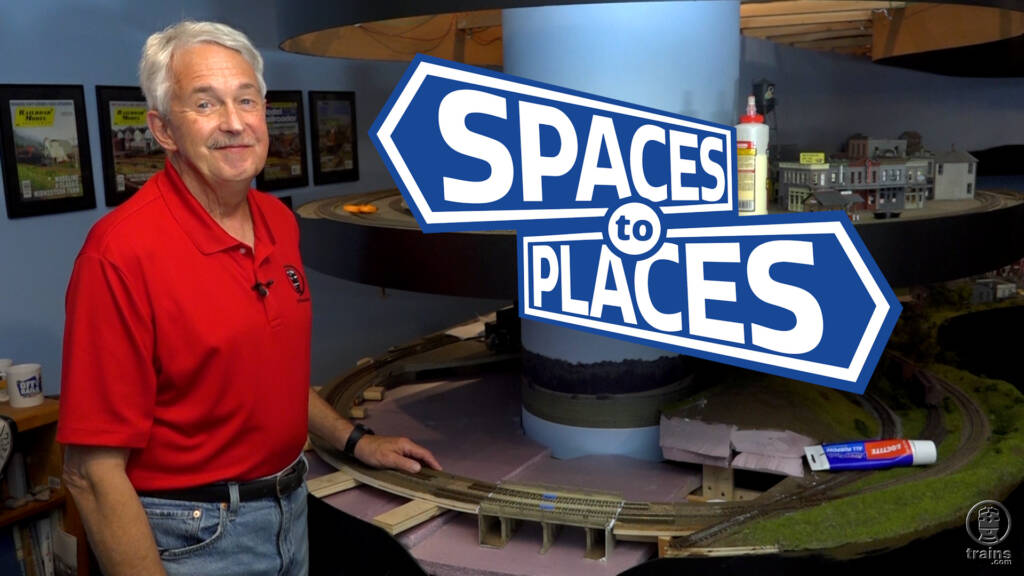
In this episode of Spaces to Places, we find host Gerry Leone in the thick of two projects! The main objective of his efforts was to build out the highway underpass and scenery along a layout peninsula. But Gerry also scrambles to complete trackwork reconfiguration that will improved the operation of his HO scale Bona […]
Read More…












